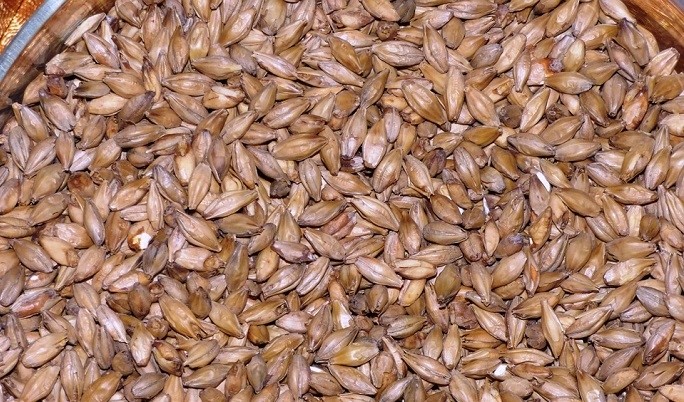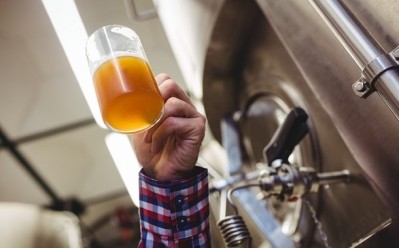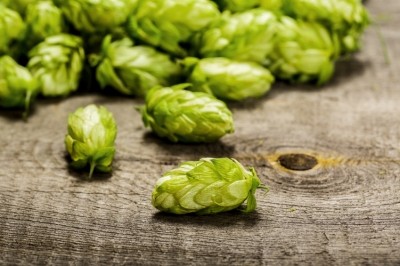Artifacts suggest China was brewing beer 1,000 years before Stanford archaelogists once thought

Ph.D. candidate and research assistant at Stanford University’s Archaeology Center Jiajing Wang and colleagues confirmed the discovery of brewing artifacts in two pits dated around 3400-2900 b.c. and located near a tributary of the Wei River in northern China.
How the discovery was made
According to a recent report published by Stanford University, excavation of the archaeological site took place from 2004 to 2006 when a team of researchers unearthed yellowish remnants found in wide-mouthed pots, funnels, and amphorae. The full excavation report came out in 2012, when one of the authors of the report made the connection between the artifacts and its possible brewing use.
“It was from reading the excavation report, Professor Li Liu noticed that the pottery assemblages from two pits might be related to alcohol making, mainly because of the presence of funnels and stoves,” Wang told BeverageDaily.
The type of pottery suggests that the vessels were used for beer brewing, filtration, and storage. Stoves found in the pits likely provided heat for mashing grains.
Morphological analysis of starch grains and phytoliths found inside the artifacts revealed broomcorn millets, barley, Job’s tears (also known as coixseed), and tubers; some starch grains bore marks reminiscent of malting and mashing. The presence of oxalate - a byproduct of beer brewing that was identified using ion chromatography - in some of the artifacts further supported its use as brewing vessels.
However, at the time these were just speculations without direct proof.
Beer hypothesis confirmed
In the summer of 2015, researches went to the city of Xi’an and visited the Shaanxi Institute of Archaeology, where the artifacts were stored.
“We extracted residues from the artifacts and did residue analysis. The results turned out to prove our hypothesis—people in China brewed beer around 5000 years ago,” Wang said.
The discovery of barley residues in the artifacts represents the earliest known occurrence of barley in China, the report claimed.

Barley used for beer before food
This beer recipe indicates a mix of Chinese and Western traditions with barley coming from the West; and millet, Job’s tears (also known as coixseed), and tubers originating from China, the study said.
According to the authors, the identification of barley residues in the Mijiaya artifacts represents the earliest known occurrence of barley in China, pushing back the crop’s advent in the country by approximately 1,000 years and suggesting that the crop may have been used as a beer-making ingredient long before it became an agricultural staple.
The practice of beer brewing is likely to have been associated with the increased social complexity in the Central Plain during the 4000 b.c., Wang added.







